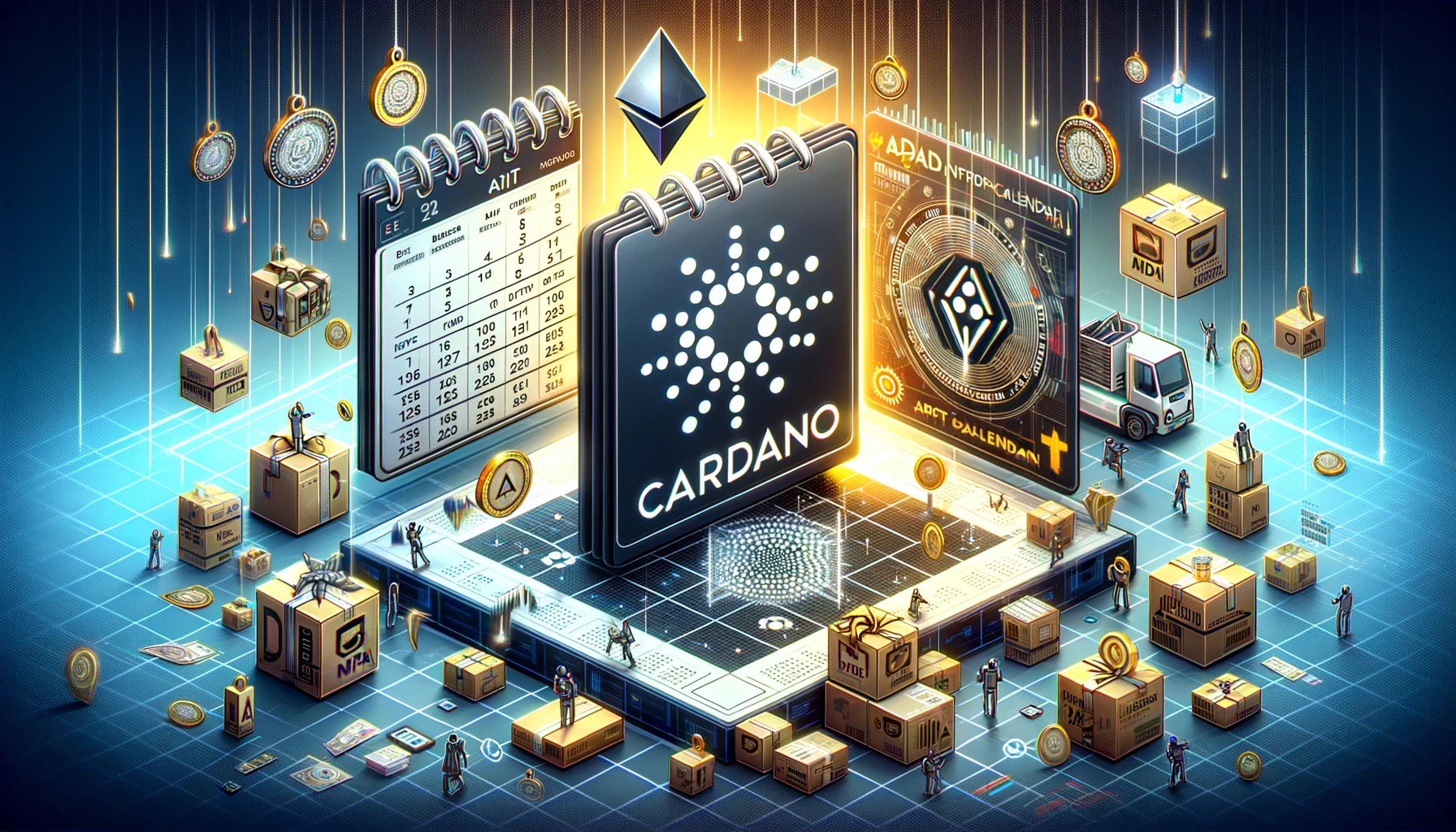How to Properly Ship VeeFriends Collectible Trading Cards
July 3, 2022 - 9 min read
This article breaks down step-by-step how to properly ship VeeFriends collectible trading cards, and any trading card for that matter, to maintain your seller reputation and save you money from lost value and returns.

This blog post may contain affiliate links to products or services that pay us a commission if you make a purchase at no cost to you. We never recommend products that we haven't personally used ourselves and encourage you to read more about our affiliate disclosures here.
Introduction
The VeeFriends ecosystem now has three collectible trading card sets — Series 1 by zero cool, Series 2 (also by zero cool), and VeeFriends UNO cards.
That’s a lot of collectible cards that are now being sold, held, and traded.
I won’t speculate on whether or not there will be future editions of VeeFriends trading card collectibles, but learning how to properly ship those cards (and any other collectible cards you find yourself buying and selling, whether it's NFT based or not) is a good skill to save you time, money and keep your seller reputation up on eBay and other communities.
Why Properly Storing VeeFriends Collectible Trading Cards is Important and How It Can Impact You Financially
My collectible background is in sports cards. I collected them when I was younger and heavily bought, sold, and collected cards since early 2019.
So, I know the mindset of a collector when it comes to the condition of a collectible and have seen first-hand how much more sealed and pristine items sell for than similar collectibles in a lower condition.
Properly storing collectible trading cards can significantly impact their future value.
I cannot stress this enough. The condition of collectibles matters.
There’s a reason a sealed copy of a Back to The Future VHS tape in a high grade sold for $75,000. There’s a reason why a PSA 10 graded copy of the 1986 Michael Jordan Fleer #57 sells for $200,906:

Source: Cardladder
And the PSA 9 copy sells for nearly 91% less at $18,141.71:

Source: Cardladder
The condition of a collectible both creates scarcity and desirability.
There are 318 copies of a Michael Jordan 1986 Fleer #57 in a PSA 10 and 2,862 copies of that same card in a PSA 9 grade.
Even subtle differences in condition can mean the difference of hundreds of thousands of dollars even if the average person doesn’t see the condition as a big deal.
Maybe that will change in the future, but serious collectors like rare cards in the highest possible grades.
There are exceptions — the rarest of rare collectibles don’t tend to see price sensitivity due to condition, but would likely sell for more in a higher grade.
If you are buying VeeFriends trading cards, opening them, or otherwise storing them to get graded or for resale in the future, you are doing your future self a favor by keeping them in good condition.
Why Properly Shipping VeeFriends Collectible Trading Cards is Important
This is a big one.
If you are collecting now during the down market and plan to re-sell cards for thousands of dollars in the future on platforms like eBay, Mercari, and even through the VeeFriends Discord community, you can quickly develop a reputation if you don’t know what you are doing.
Even more, you may get cards returned that have either been damaged during the shipping process or when you first handled them.
In a lot of ways, the mishandling of cards now could lead to greater scarcity in the future, but you want to be on the scarce end of that equation.
For example, most people don’t know that placing a card in a plastic one-touch without covering it with a penny sleeve can scratch the surface of a card.
That could easily take it from a PSA 10 potential grade down to a PSA 9, 8, or even 7.
If someone intends to spend hundreds or thousands of dollars on a raw (ungraded card) that you’re selling and they have experience, they would examine your card in that one-touch and consider returning it if there are scratches (I’ve personally returned severely scratched up cards due to issues from one-touches).
Negative feedback on your eBay profile can hurt the potential of future sales and leave you with cards once worth much more than they are if damaged.
Investing in your customer service is as important as investing in the cards themselves. If your cards are professionally packaged, you will likely receive positive eBay feedback and build your reputation for future sales of significantly higher amounts without scaring buyers away.
You could always consider consignment (I’ve done that for higher-end cards), but if they aren’t stored properly in the first place, they likely won’t grade well.
On the flip side, you’ll know what to look out for when receiving a card you buy on eBay or another platform. If the seller didn’t follow the steps below, you’ll want to carefully examine the card for any potential damage due to poor packaging.
A Step-By-Step Guide to Properly Shipping Your VeeFriends Collectible Trading Cards
Step 1 — Have the right shipping materials BEFORE you open any card boxes
Below is a list of products you can easily order through Amazon to have on hand when opening cards so that you can immediately secure them safely and properly and not risk any damage while handling them until these products arrive:
Penny Sleeves — carefully insert your cards into a penny sleeve. Don’t push them in. Let them “fall” into the sleeve. I would suggest getting the penny sleeves for thicker cards, and cutting a corner off the top so the card falls in easily. If you push the card into a sleeve it could damage the surface or the corners of the cards.
35 PT Toploaders — toploaders offer an extra layer of protection for your cards. Place a card in a penny sleeve first, then the toploader. Do not push a card into a toploader, again you could risk damaging it.
Painters Tape — lots of people “seal” a toploader with scotch tape but this is problematic. It’s hard to peel scotch tape off and if the card gets pushed to the top of the loader, the scotch tape could adhere to the card and damage it. Use painters tape for easy on, easy off.
One-Touch Resealable Bags — after you penny sleeve, topload and add painters tape across the top of the toploader (to give it a seal) consider putting cards in a resealable bag. They will add yet another layer of protection from any dust, water, etc. by keeping the protected card sealed from the elements.
Protective Carrying Case with Adjustable Foam Insert — if you are looking for a place to put your cards other than a shoebox, I recommended this Pelican 1120 Case with Adjustable Foam. You can cut out sections of the foam to store your cards in a water-tight case with the option to add locks. It makes it easier for carrying around a lot of cards safely.
Step 2: Carefully place cards in a penny sleeve
The first step of properly storing and shipping any trading card is to place it in a penny sleeve.
If you followed Step 1, you should have these on hand and ready the second you open a card.
The goal is to let the card fall into the penny sleeve. If you have to cut off one corner of the sleeve to make it an easier fit, do it.
Do not force the card into the sleeve by pushing on it. You can damage a corner or scratch the surface of the card.
Step 3: Insert the card into a toploader once it is sleeved
For added protection, insert the sleeved card into a toploader.
I typically put the card in about 1/3rd of the way (again do not push it in) and lightly tap the toploader on a hard surface and the card will fall in.
The rigidity of the toploader will protect the card from bending while in transport.
Step 4: Seal the toploader with painters tape
This is a nuance most rookies (including myself in the beginning) get wrong.
If you seal the toploader with scotch tape, it can be difficult to remove and can stick to the top of the card.
Painters tape provides you with a good seal and easy removal when it arrives to a new home.
Step 5: Place the sealed toploader into a one-touch resealable bag
Dirt, water, and dust can still get into a sealed toploader and damage cards.
While it’s not a requirement, adding the one-touch resealable bag adds a level of professionalism and care to your shipping process.
A buyer of an expensive card will appreciate the extra effort.
Step 6: Sandwich the sealed toploader with two pieces of cardboard and seal with painters tape
Take an old box and put your sealed card on the flaps. Cut the cardboard just larger than the card itself (x2) and sandwich the card in between the two pieces.
Seal it with painter's tape on the top, bottom, and sides.
This is even more rigid protection to ensure the card doesn’t bend or break when it is in transit.
Step 7: Insert the final product into a bubble mailer or USPS Priority box
USPS priority boxes are free but you likely will want to bubble wrap the card (after it has been placed in cardboard) to make sure it doesn’t rattle around in the box.
I prefer to use bubble mailers as they are sufficient, small, and easy to drop off in a USPS Blue Box.
Key Takeaways
Many VeeFriends trading card collectors are new to buying and selling trading cards, so kudos to you if you’ve made it this far in the article!
This may seem tedious, but will save you hours in customer service and will save you money in returns and damaged cards that lose value.
Collectors across all genres tend to be condition sensitive (I also flip a lot of items from garage sales, and recently sold items for much more because they were sealed and in perfect condition), so this is a good skill to know in any type of resale.
Newsletter
Enter your email address below to subscribe to my newsletter
latest posts





